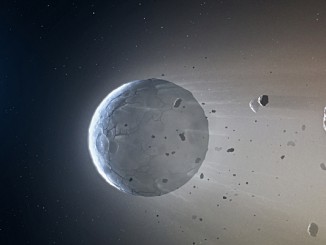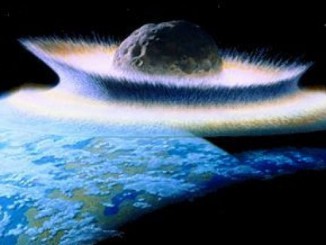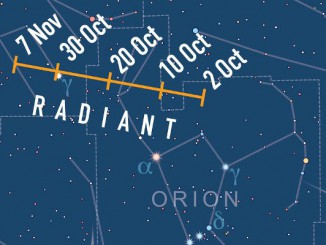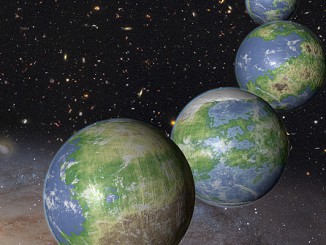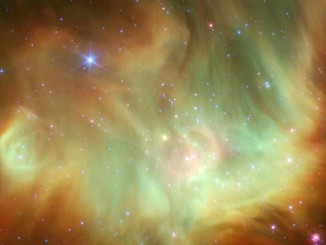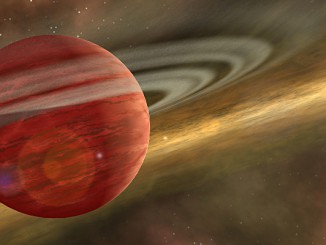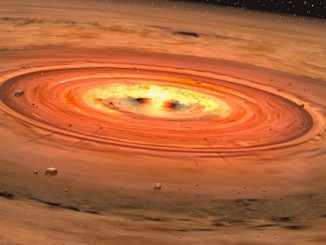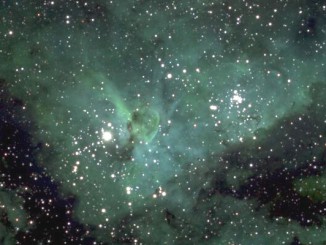
46 billion-pixel Milky Way picture is largest astronomical image to date
Astronomers have compiled the largest astronomical image to date. The picture of the Milky Way contains 46 billion pixels and was compiled from 268 individual images over a period of five years. More than 50,000 new variable objects have been discovered by the researchers so far and an online tool is available to navigate the image, or search for specific objects.

